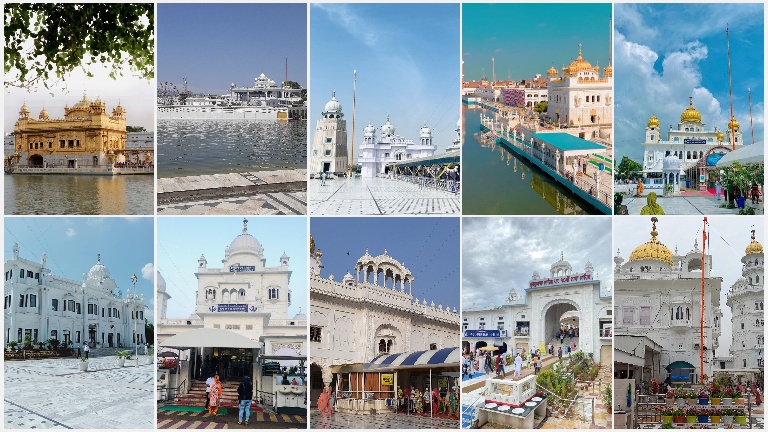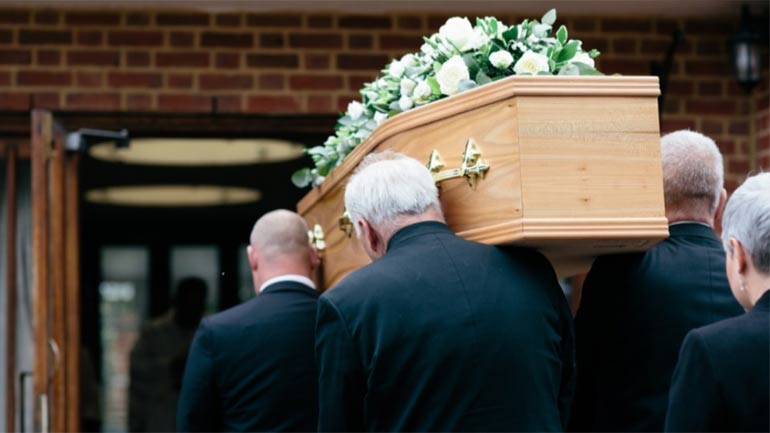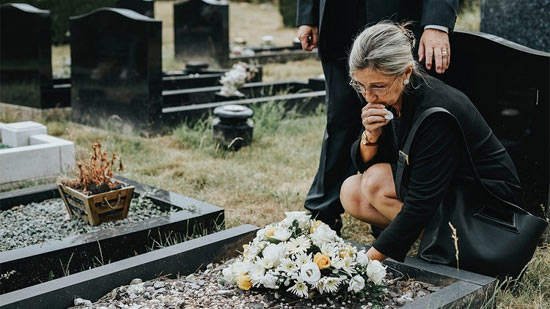According to the Australian Human Rights Commission, there are more Australians along with all its migrants identify with more than 270 ancestries. Living in such a society means that different cultures and religions celebrate and mark their occasions a different way. Grim events such as western funerals are also a part of this factor, meaning that each cultural sect has their own sacred way of laying their loved ones to rest.
While traditional western-style burials and cremations are common, you can observe and experience many different types of funeral services in Australia. 5 examples of most prominent non-western style funerals include:
Hindu
A Hindu funeral begins with the body being bathed and dressed in traditional clothing. If a married woman dies, you would see the deceased dressed in red, made to look like a bride.
The body is then taken to a crematorium with prayers being recited the entire way and at its entrance. The body is then burned and the ashes are returned to the family.
Islamic
Muslim funerals are very solemn and simple compared to others. After a person passes away, family members recite prayers and begin the funeral rites immediately. This begins with bathing the deceased, where females bathe a female and males bathe a male.
After that, the body is covered in a white shroud and close family will say prayers around the deceased and have the last look at them. The men will then pray the Namaz-e-Janaza (prayer for the dead) and take the body to the burial site. Women stay at home and pray for the forgiveness of the deceased.
Buddhist
Buddhist funerals can vary depending on the particular family or deceased’s beliefs. But in most funerals, the service is very simple and is held at a crematorium chapel or funeral home. A few monks may accompany the family to the chapel and say prayers and scriptures. After the funeral, the family might make prayers and rituals to wish happiness for the deceased person.
Maori
A Maori begins with a tuku ceremony which frees the spirit from the body. The deceased will be then dressed in fine clothes and their hair will be decorated with feathers and tribal garb.
The night before the burial, friends and family or whanau will gather to sing around the deceased to remember them. The next morning the body is buried at the marae.
After a eulogy has been made, the mourners wash their hands, share a meal and tell stories about the deceased in their remembrance.
Sikh
Sikh funerals begin with the family bathing the deceased and dressing them in clean clothes. After that, the body is placed in a coffin along with the five Ks of Sikhism (Kirpan, Khanga, Kesh, Kachera and Kara).
The procession will then drive to the crematorium, where the male head of the family will ignite the oven on. The ashes will be them given back to the family to spread in running water. After the rituals, the procession might head to the Gurudwara for prayers and Prasad.
Regardless of what culture the funeral is held according to, it is important for many that it happens according to traditions which can sometimes mean thousands of dollars in expense. This is why people get funeral insurance from insurers.
This way they ensure that they leave the world the way they want to, without becoming a burden on their family and friends.





